
With a heart-rate sensor, haptic feedback, an accelerometer and more, the Apple Watch is full of potential. And even though I bought one on launch day knowing full it would arrive with more possibility than utility, here I am four months later still disappointed in the reality.
My problem with the Apple Watch is that I figured some developer would have come up with a true killer app by now. Well, a killer one for my needs, at least. The thing I wanted most was for the Watch to be able to detect when my heart rate was elevating, tap me on the wrist, tell me that I was stressed, and help me to chill out. Instead, it tells me when I’ve been sitting for too long, which I ignore, because I’m stressed and have work to do. So to tackle my angst, I’ve turned to another new wearable: Spire.
An iPhone-only linked sensor (sorry, Android users), Spire tracks your motion just like almost every other connected-self product on the market, only it goes a step beyond by also watching your breathing patterns. Small, smooth, and shaped like a stone, this $149 breathing sensor is designed to either slip inside your waistband or up under your bra strap. I wore it tucked it into my pants, and it was comfortable most of the time, pinching my skin only when I sat for long periods. My wife also tried on Spire and said she could hardly feel the device at all.
The goal of the zen wearable is to get you to better control your breathing. There are dozens of apps on the market that can help you do this for a tiny fraction of the cost, but they’re passive solutions — they need you to open up an app before you begin calming down. Spire and its accompanying app are proactive, telling you to chill out when it detects that you’re anxious. It does this by monitoring your breathing constantly, alerting you when it senses a change to your typical respiration patterns.
My first day with the device was a pretty typical one. I was chained to my desk, banging away on a deadline, and feeling my chest tightening with every minute I got closer to filing my story. I was wearing Spire while I worked, and had the app open on my iPhone in front of me (which you do not need to do to use the device).
It was remarkable to watch the app monitor my breathing — I don’t know if I’ve ever seen a Bluetooth device stream data back to my phone so quickly. A small line charted my inhales and exhales instantly, assuring me that every breath I took was being captured.
Top 10 Tech Product Designs of 2014


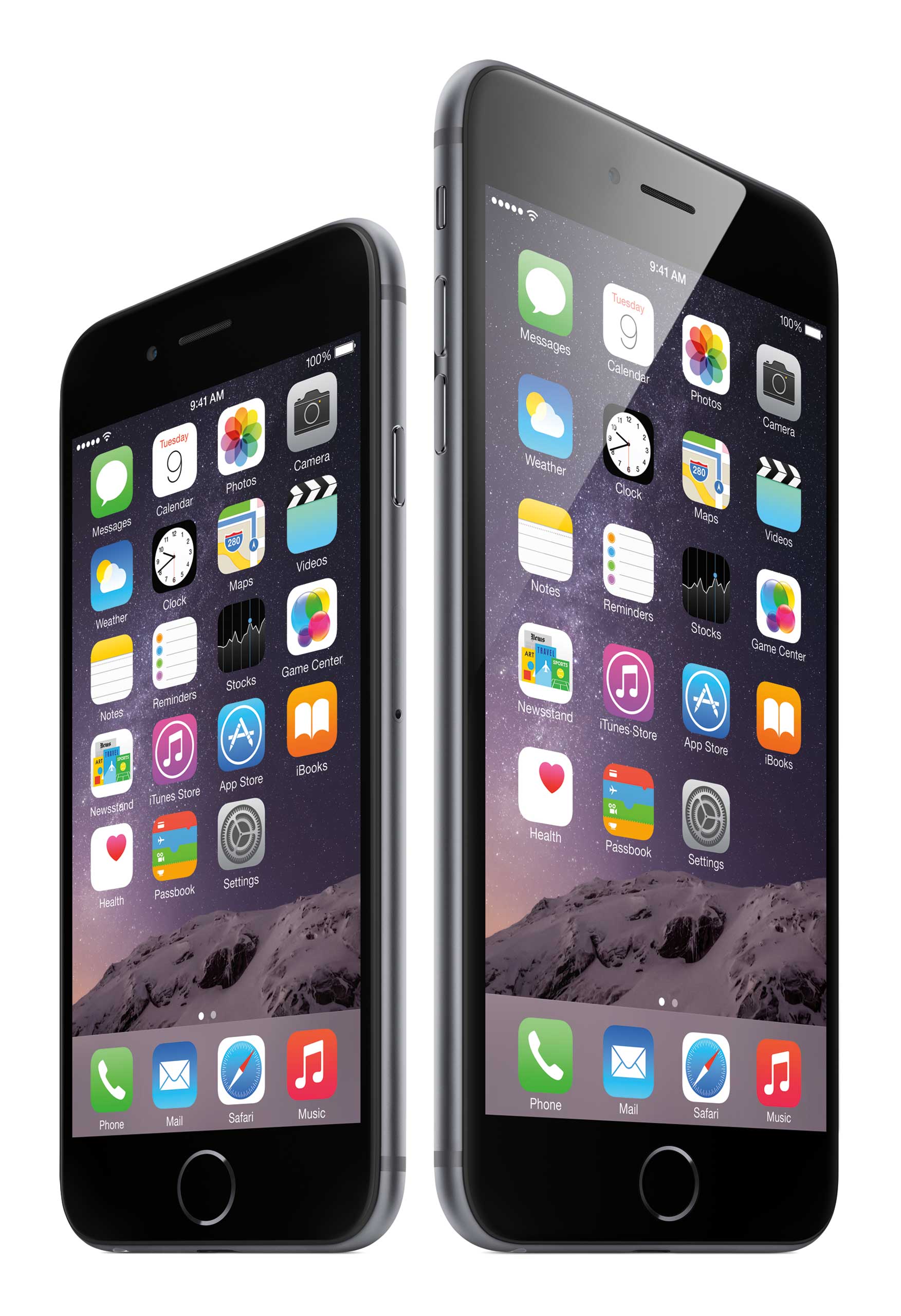
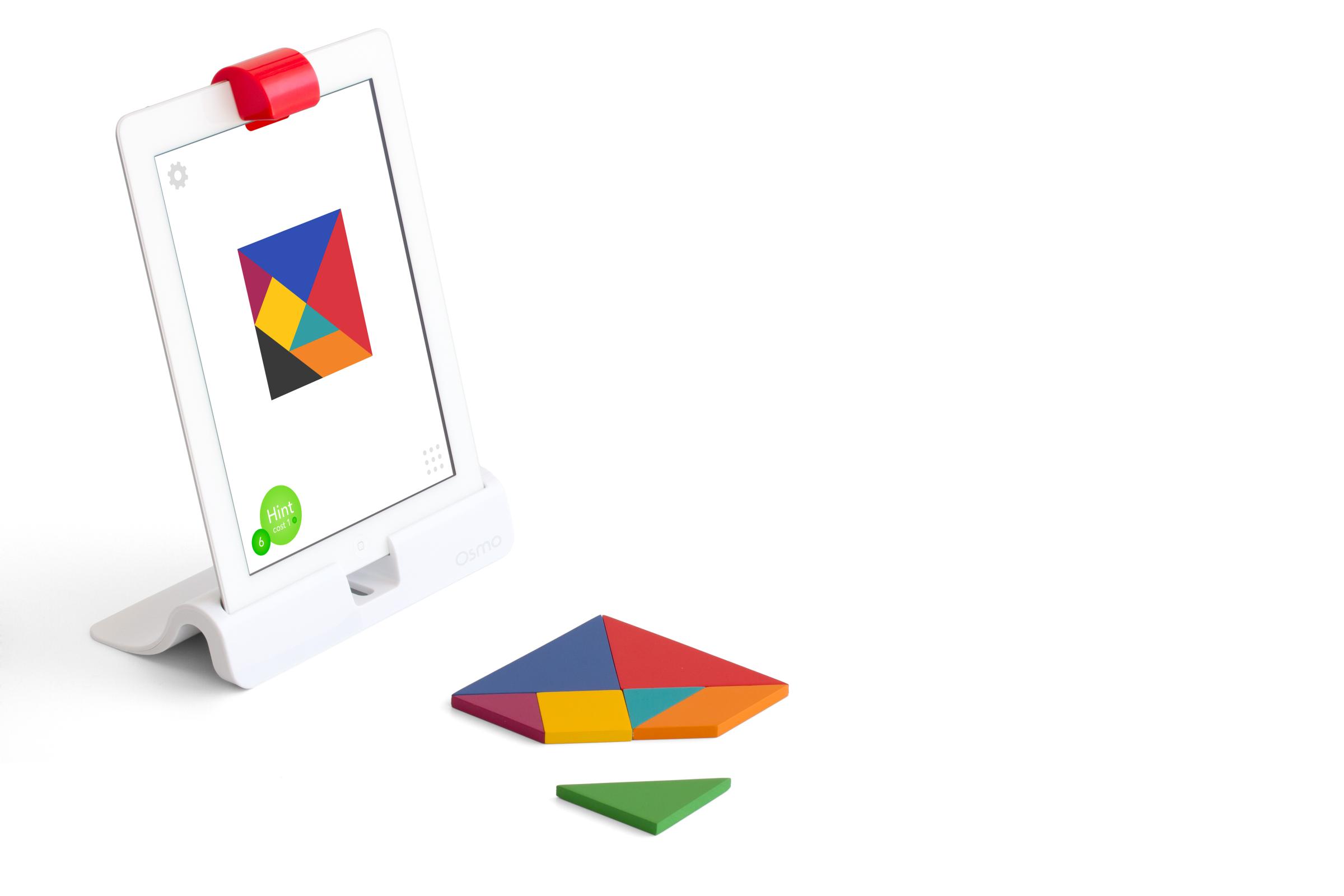
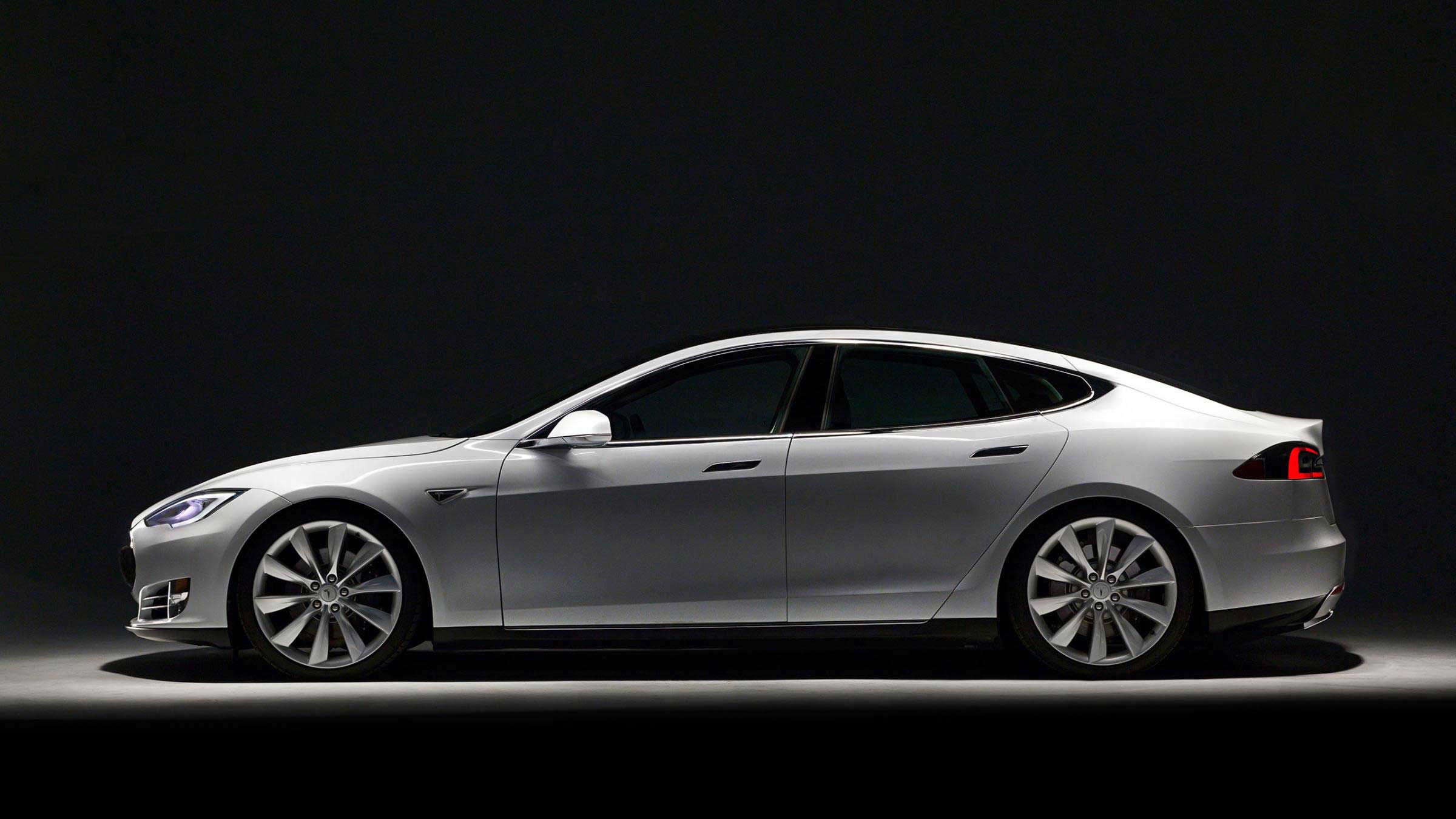
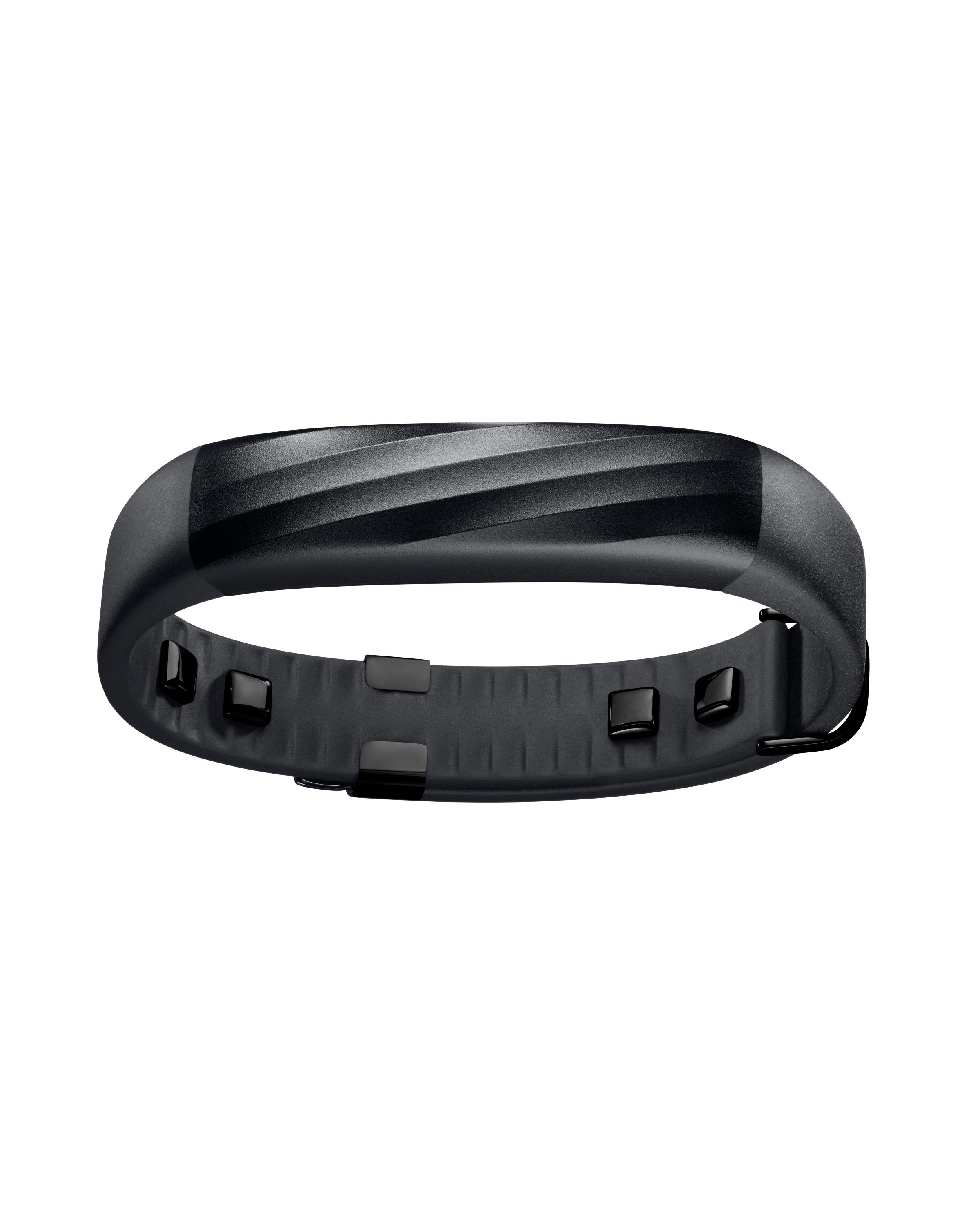
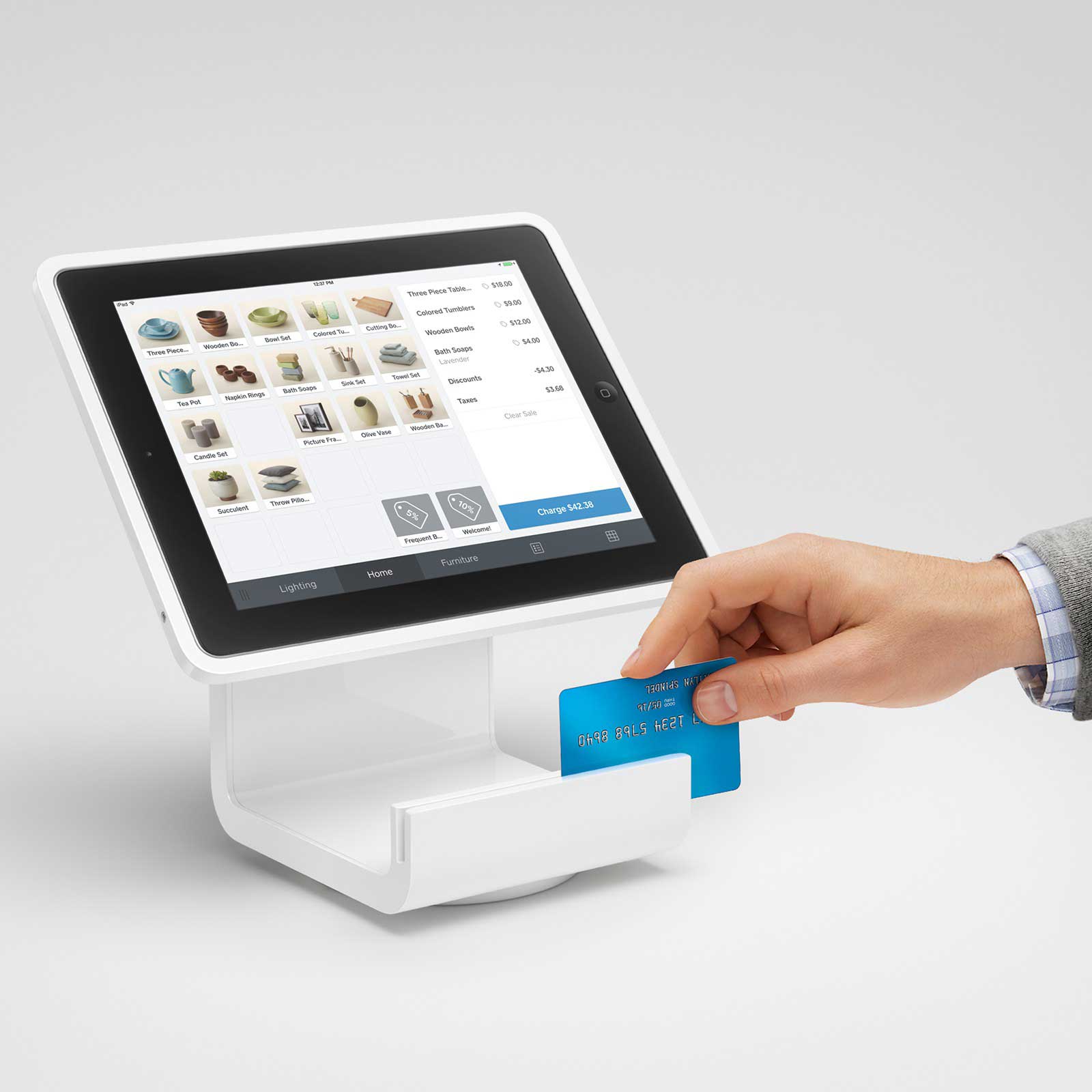

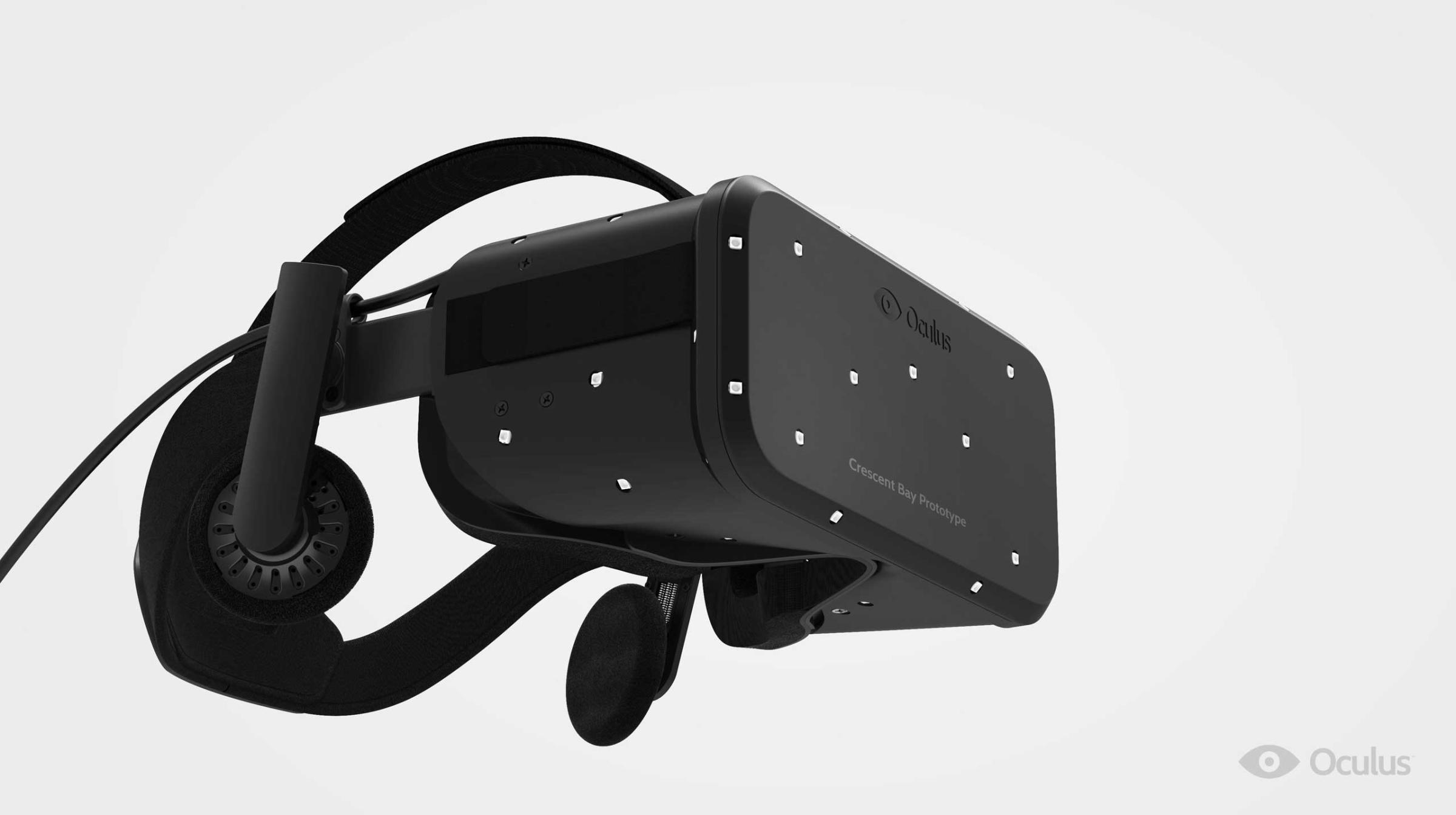
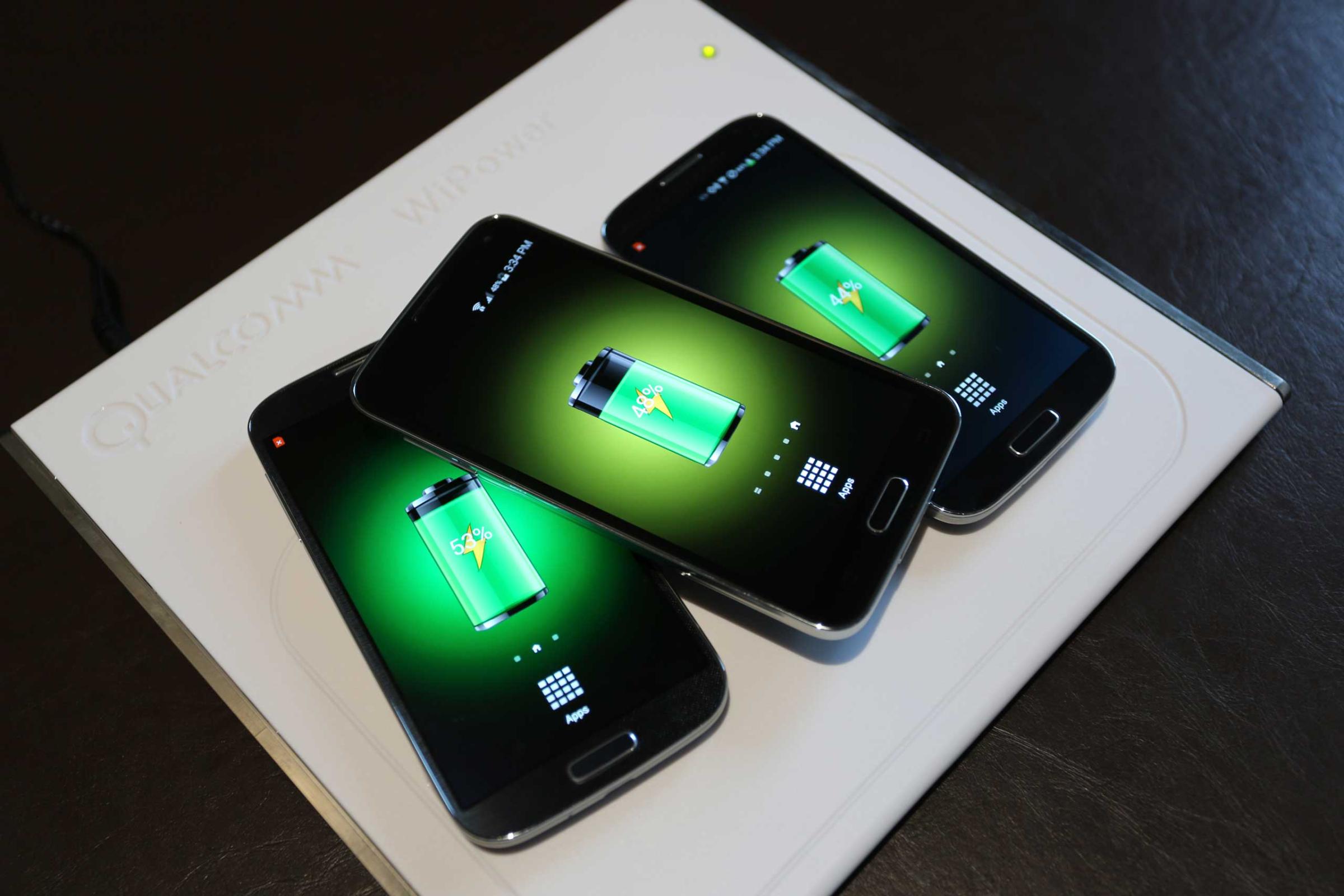
The app tabulates your statistics three different ways: activity, calm, and focus. You’re able to set daily goals for these states of being, and your progress is displayed on a clover-like graphic that fills in as you get closer to your goal. Spire also keeps track of streaks, storing that information in little “cards” where you can further explore what about your breathing makes you seem calm, focused, or active.
As I worked away while wearing the Spire, I wasn’t exactly locked into my writing. Email was popping up, Facebook notifications were going off, and I was falling down the rabbit hole of the web too frequently to make progress. But when I looked back to the app, it said I’d been focused for more than 30 minutes. It seemed like as I wore Spire, it couldn’t tell whether I was goofing off or focusing. It’s likely that my breathing when I procrastinate is the same as when I’m crushing my work.
Likewise, Spire wasn’t able to detect my daily stress as well as I hoped. When I’m under the gun, I tend to feel a tightening in my chest that eventually takes up residence between my shoulder blades. A good run or a short nap can help ease the tension, but I’ve never been able to wrangle it through breathing exercises.
And speaking of exercise, Spire is able to tell the difference between heavy breathing generated by a workout from anxious breaths that happen when life has you worked up. Since it has an internal accelerometer to track your steps, it knows when you’re huffing and puffing from exercising, not agonizing. I wore it for a run, but the Spire app isn’t necessarily workout oriented, so though it logged my steps, I decided to ditch it on future jogs. As for monitoring me when I was at rest for its “calm” metrics, it was able to tell the subtle difference between me kicking back with it on, versus me kicking back with it on my nightstand. But Spire does not work as a sleep monitoring device, at least not yet.
Since it didn’t catch me at my most anxious, I began to think Spire is just another wearable full of potential. And then it buzzed. I was in the kitchen frantically tapping away at my phone, writing an email about a frustrating financial situation gone awry, and the notification popped on my screen, telling me that I seemed tense, and that I should slow my breathing. It took me aback, so I tried to follow its directions. Then, my son, who was waiting for his dinner, started to scream. And again, the Spire started to vibrate. Money. Family. Screaming. These are all stressful things, triggers that I would have ignored were it not for this device.
As I continued on with the device over the next week, I eventually loaded Spire’s watch app onto my Apple Watch. And now, instead of the stone triggering an alert on my phone, it beams it over to my wrist. Like the Apple Watch, Spire isn’t perfect. But when you pair the two together, you get a great stress monitor. It’s definitely helped me to breathe a little easier, but I’m still hoping for a one-device solution. Hoping, but not holding my breath.
More Must-Reads from TIME
- Why Trump’s Message Worked on Latino Men
- What Trump’s Win Could Mean for Housing
- The 100 Must-Read Books of 2024
- Sleep Doctors Share the 1 Tip That’s Changed Their Lives
- Column: Let’s Bring Back Romance
- What It’s Like to Have Long COVID As a Kid
- FX’s Say Nothing Is the Must-Watch Political Thriller of 2024
- Merle Bombardieri Is Helping People Make the Baby Decision
Contact us at letters@time.com